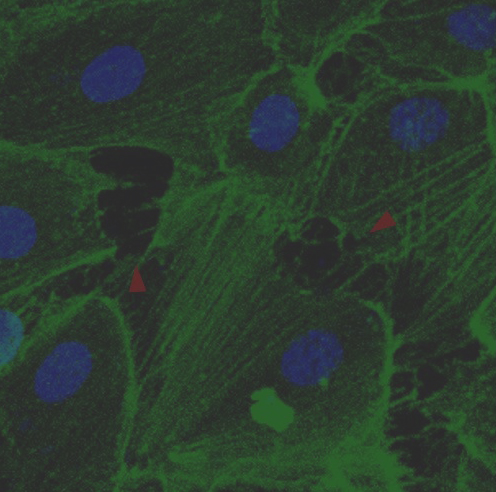Nanotechnology's promising developments for cancer treatment

Anti-cancer drugs have been around for a long time now and whilst many work in some scenarios, targeting them in an in-vivo setting can be a challenge. Nanotechnology has helped with this in many respects and continues do so as cancer therapies advance. Many people still think of nanotechnology as solid materials (graphene, carbon nanotubes etc), but nanotechnology has a huge impact in a biological setting and there are now many materials and carrier systems that can transport anti-cancer drugs to a specific target. Here, we look at some of the most interesting and promising developments around at the moment.
Nanocarrier Systems
There are many different classes of nanocarrier systems that can carry drugs to a tumour, and these classes include inorganic carriers, lipid-based carriers, polymer carriers and carriers that utilise biological molecules. There are various reasons why these nanocarrier systems have gained traction in recent years, with the main reasons being that they can be externally functionalised to carry the drug to a specific site, all of the drug can be delivered (unlike if a medication is taken orally) and they can carry drugs that would be too toxic in the body if they were carried by other means (because they are protected from the cellular environment until they are released to the target tumour cells).
There are many reasons why each nanocarrier is used, but there has been a definite shift towards lipid-based and polymer-based nanocarrier systems in recent years. This shift has been mainly attributed to the much higher biocompatibility of these organic materials compared to inorganic nanocarriers, alongside their ability to degrade and excrete out of the body (something which inorganic carriers cannot do).
Polymer Nanotubes
There is an interesting development coming out of Cardiff University, which uses polymer nanotubes to deliver anti-cancer drugs. Not to be confused with the well-known carbon nanotubes, these biocompatible and low toxic polymer tubes are uncapped materials that can load anti-cancer drugs and deliver them to targeted breast cancer tumours. This is currently a novel and up and coming area, and whilst it has not made it to the clinical setting, preliminary trials on mice have been successful. So, this could be one area to look out for in the future.
Magnetic Nanoparticles
An interesting clinical study has been published recently by MagForce AG where they have created a minimally invasive nanotherapy for prostate cancer. It is the first to be currently trialled in the US and is set to be the first treatment of its kind in Europe.
Having already recruited their first patient, the study is set to entail the treatment of 120 men who are said to have an intermediate risk of prostate cancer. The study is set to showcase how their product, NanoTherm®, can ablate prostate cancer cells.
NanoTherm® is a ferrofluid composed of 15 nm supraparamagnetic iron oxide nanoparticles. These particles are coated with aminosilane and can be easily dispersed in water to produce an injectable colloidal solution. As a therapy, NanoTherm® can be introduced directly into a tumour. Once there, the nanoparticles can be heated using an alternating magnetic field. The heat is generated because the alternate magnetic field causes the nanoparticles to change polarity by up to 100,000 times a second, which then generates heat. This heat then irreversibly damages the tumour or it sensitizes it for further chemotherapy and radiotherapy treatments.
Written by Liam Critchley.





